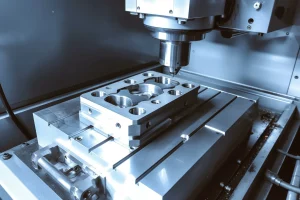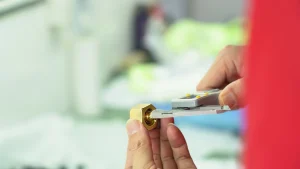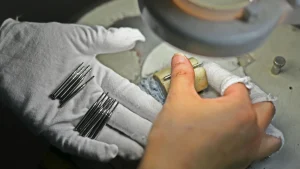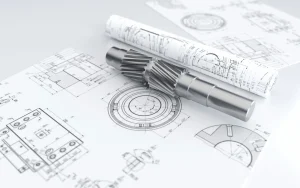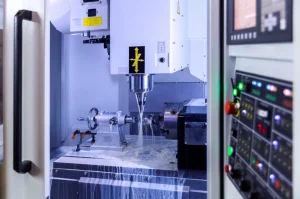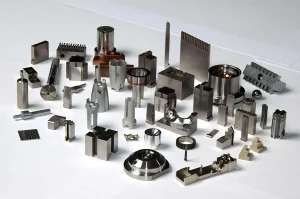CNC milling and turning is an advanced CNC machining technology that integrates multiple machining functions, including turning, milling, drilling, and tapping. A single machine can complete multiple machining steps for complex parts, eliminating the need for multiple setups. This significantly improves machining accuracy and efficiency, making it particularly suitable for applications requiring high precision and complexity, such as aerospace, precision molds, and automotive parts. Here’s a detailed introduction:
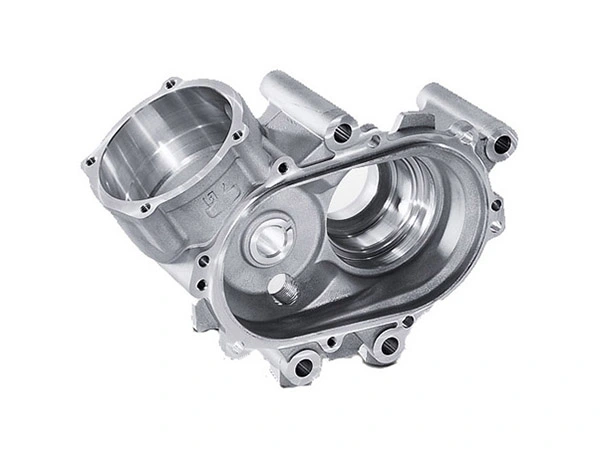
CNC Milling and Turning — Advantages
1. High Precision
- Multiple steps are completed in a single setup, eliminating positioning errors associated with multiple setups.
- The CNC system precisely controls multi-axis linkage, ensuring positional accuracy (such as coaxiality and perpendicularity) of each machined surface.
2. High Efficiency
- Reduces machine changeover and workpiece turnaround time, increasing machining efficiency by 30% to 70%.
- Complex parts eliminate the need for separate processing steps, shortening production cycles.
3. High Process Integration
- Integrates turning, milling, and drilling, making it suitable for highly complex parts (such as shafts with radial holes and sleeves with spiral grooves).
4. Reduced Tooling and Fixtures
- No longer need to design specialized fixtures for different processes, reducing fixture costs and commissioning time.
5. Wide Range of Applications
- Can process a variety of materials, including metals (steel, aluminum, titanium alloys, etc.) and non-metals (plastics, ceramics).
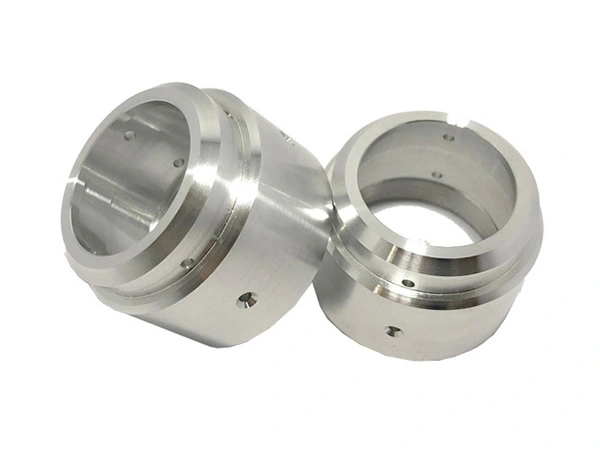
Conclusion
CNC milling and turning provides a powerful solution for modern manufacturing, combining precision, efficiency, and cost-effectiveness. By integrating multiple processes into a single setup, it ensures higher accuracy, shorter production cycles, and lower tooling costs. This makes it an ideal choice for industries such as aerospace, automotive, and precision mold manufacturing, where complex geometries and strict tolerances are required.

